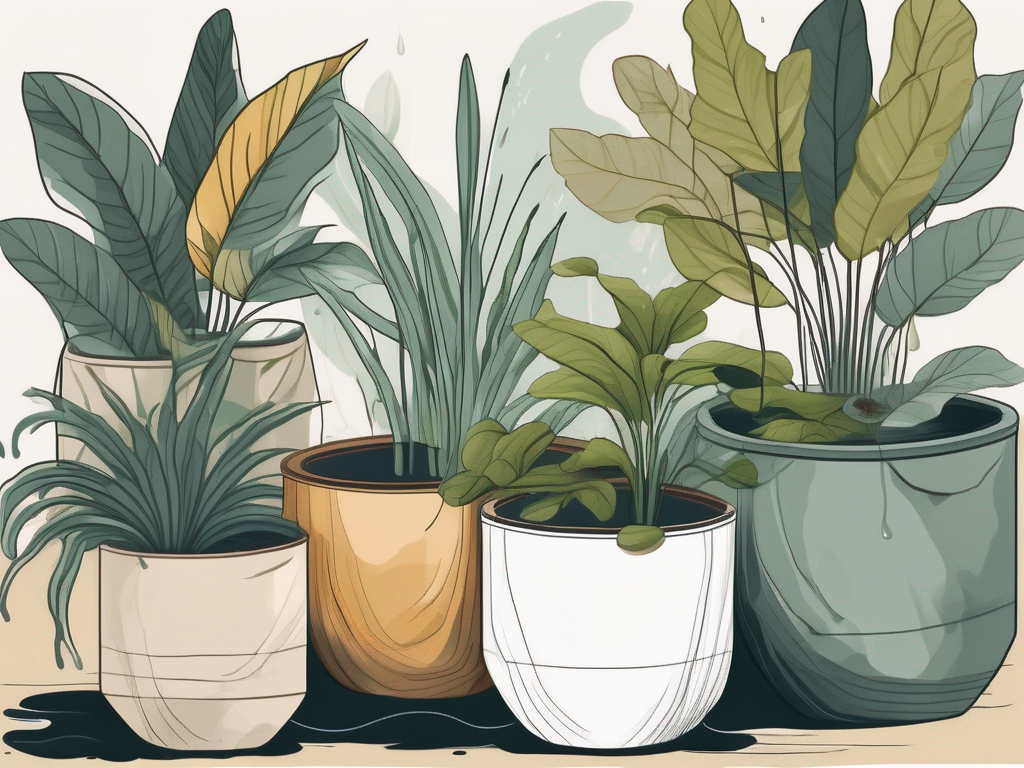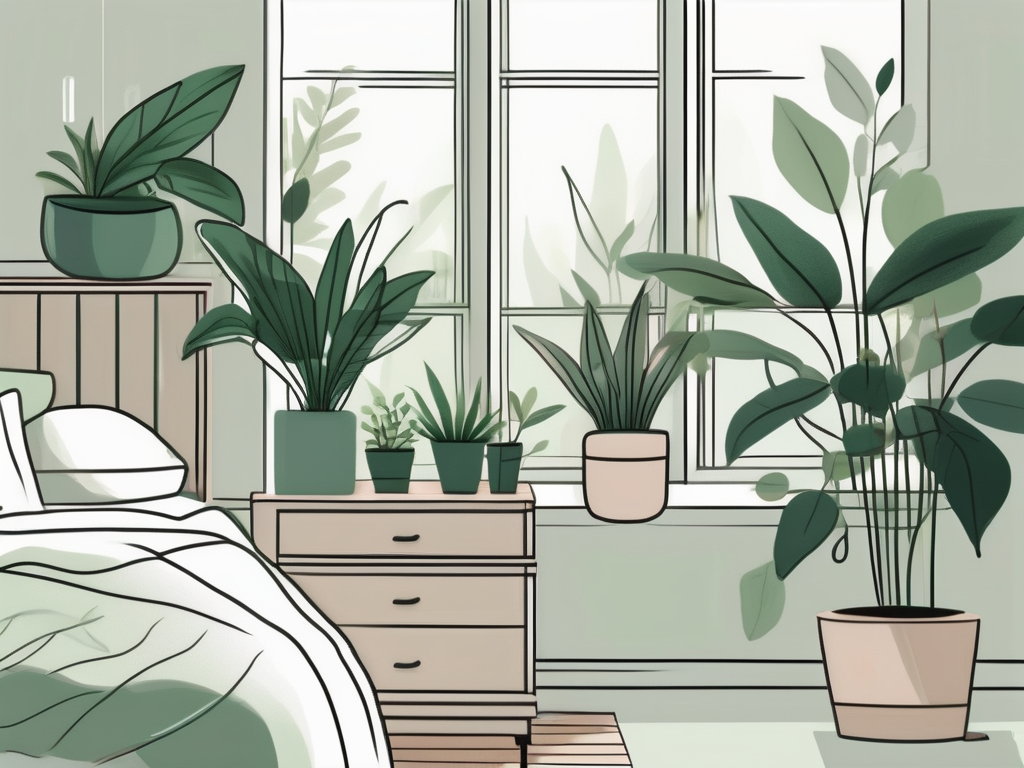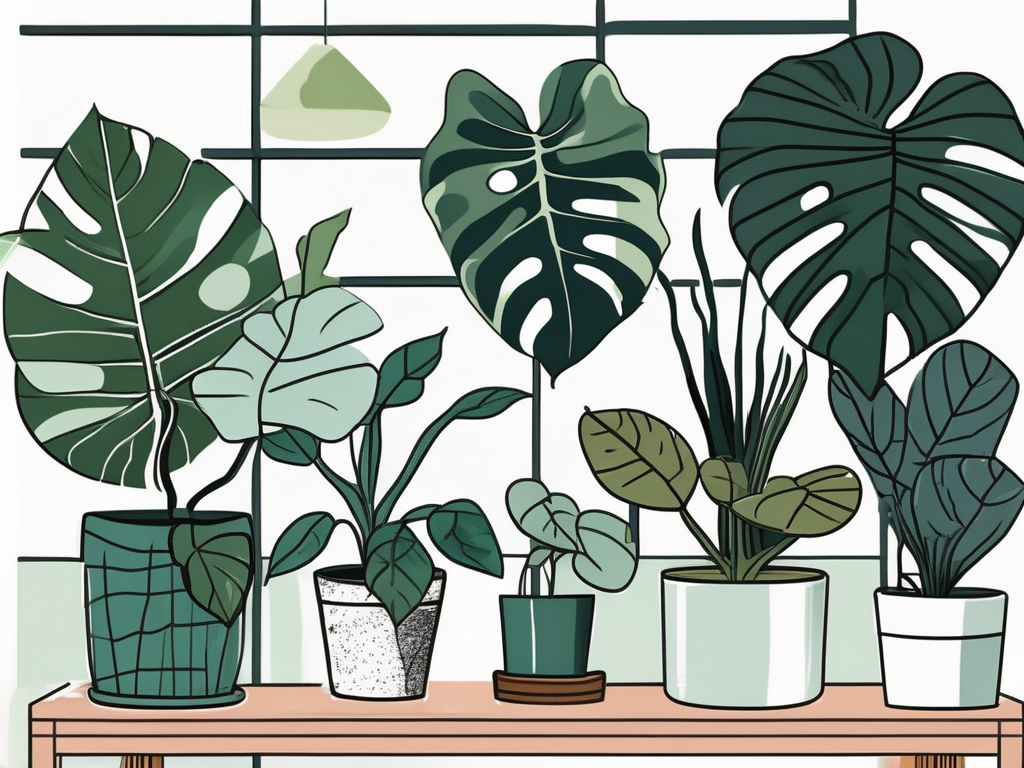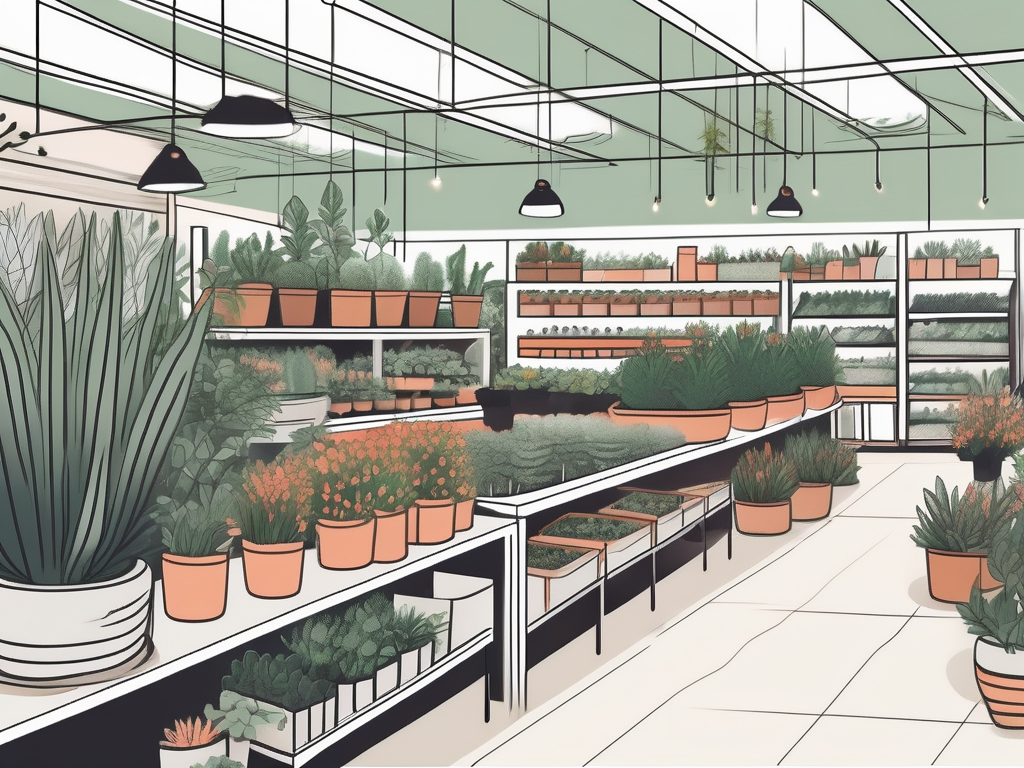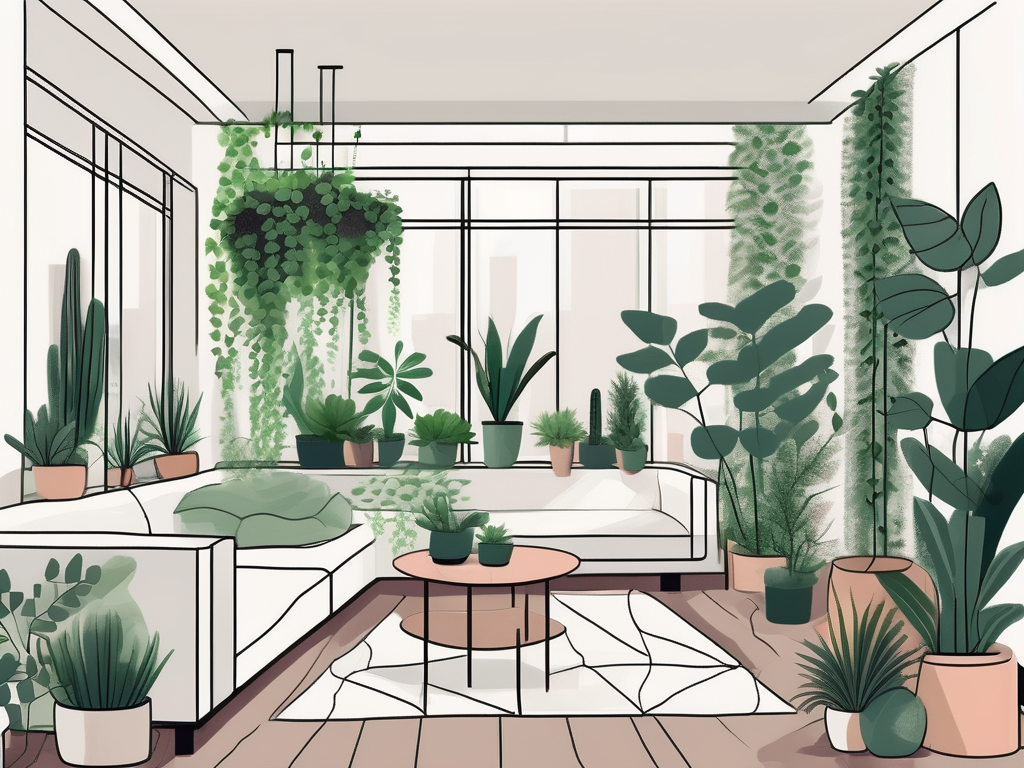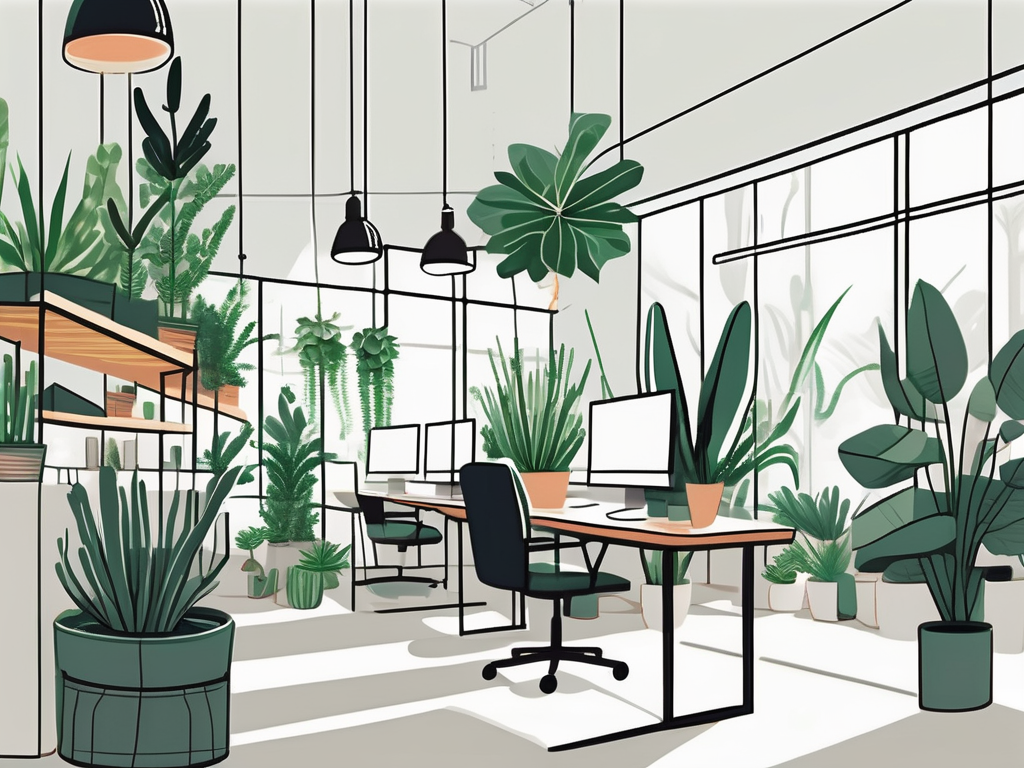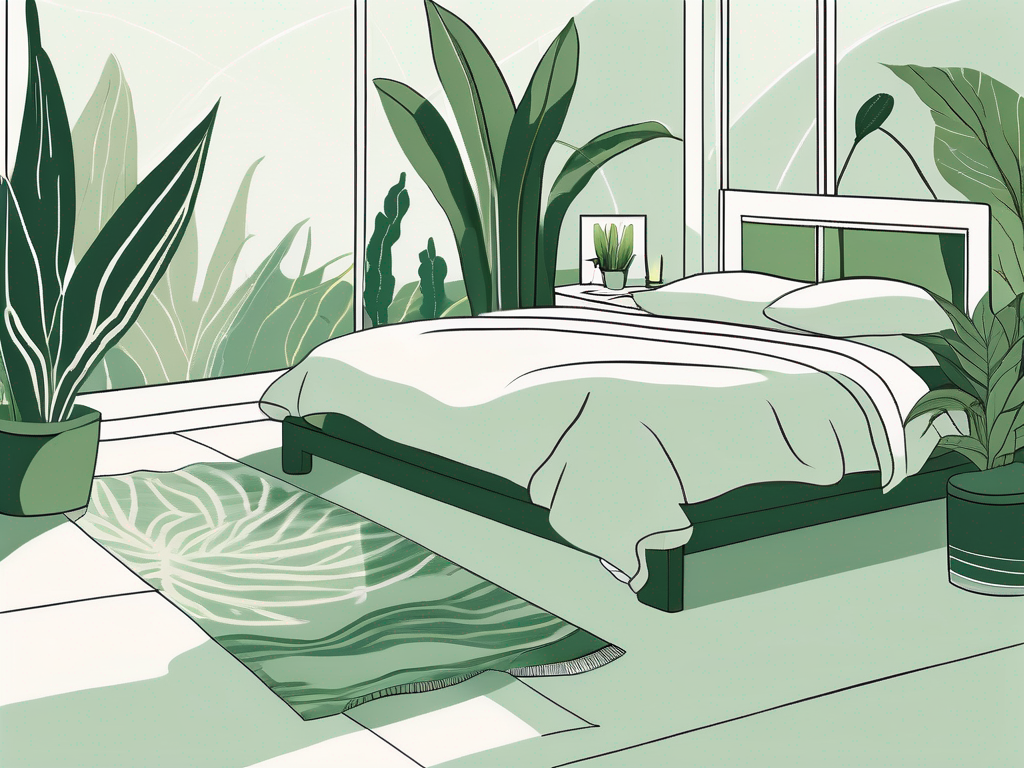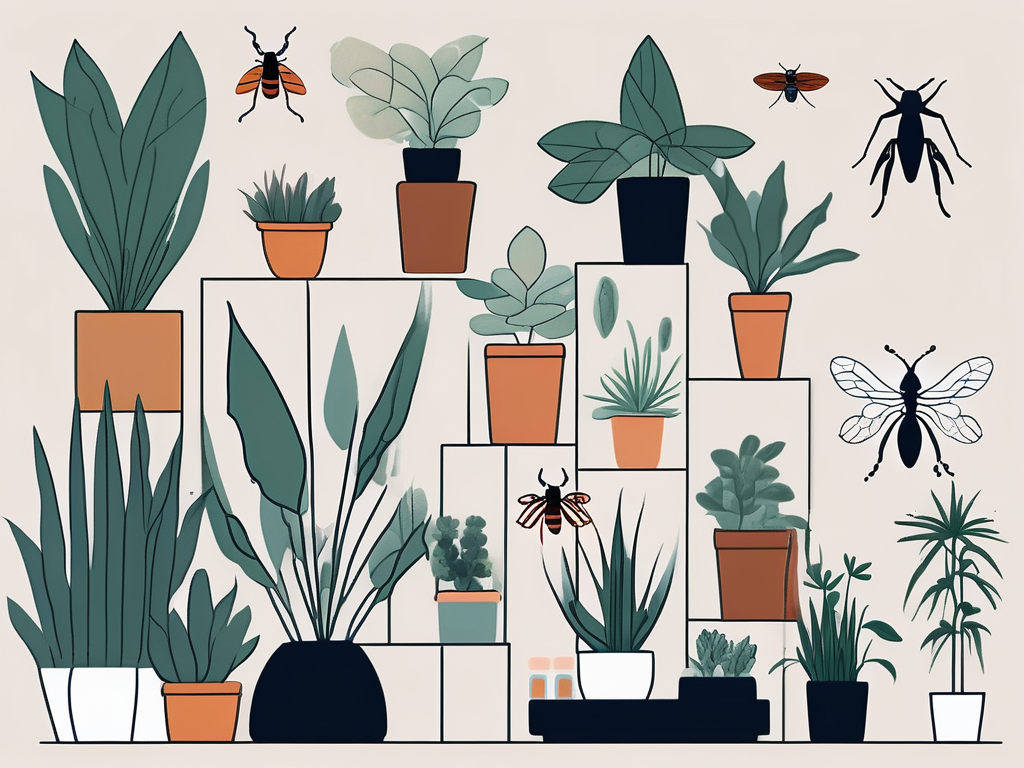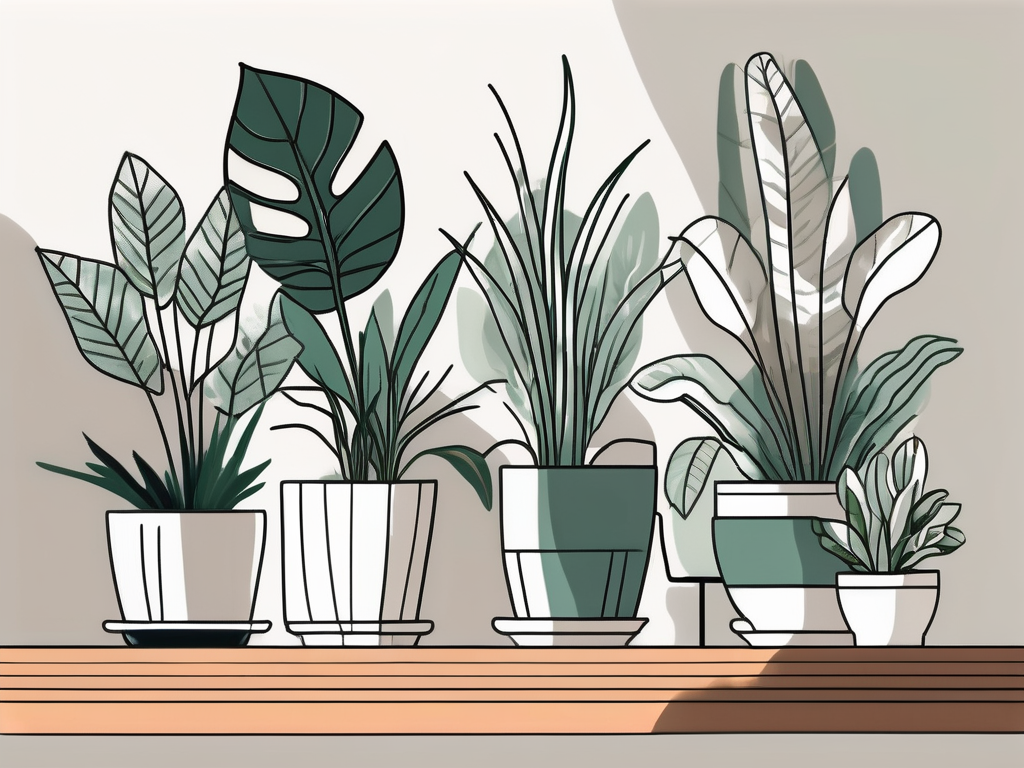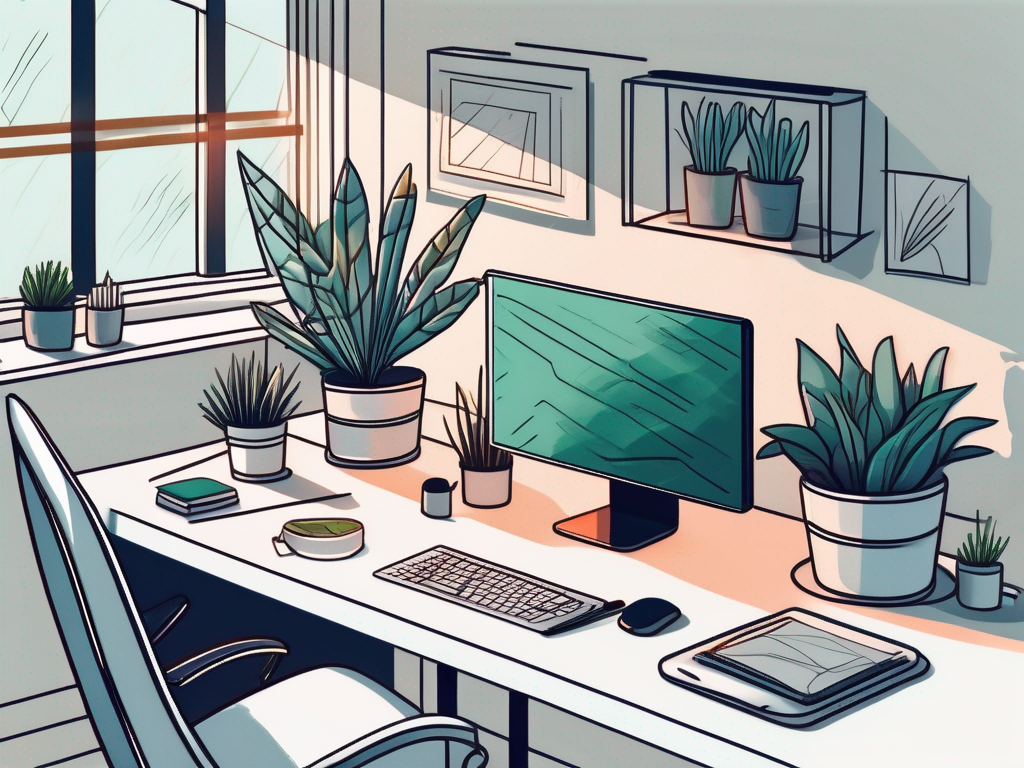
Plants have a unique way of transforming spaces, and when it comes to workspaces, they can be more than just decorative. A strategically placed plant on your desk can boost productivity, improve air quality, and even lighten your mood. Whether you're working from home or at the office, choosing the right plant can make all the difference.
This article will explore some of the best desk plants to help you create a productive and inviting workspace. We'll cover plants that are easy to care for, how to maintain them, and some tips on incorporating them into your design scheme.
Why Choose Desk Plants?
Plants offer more than just aesthetic appeal. Studies have shown that having greenery in your workspace can reduce stress and increase productivity. They act as natural air purifiers, removing toxins and releasing oxygen, which can improve concentration and overall mental clarity. Plus, who doesn't love a little bit of nature indoors?
Beyond the scientific benefits, plants can make your desk feel more personal and welcoming. They add a touch of color and life in an otherwise sterile environment, and they can be a great conversation starter with colleagues or clients. It's no wonder that more and more people are turning to plants to enhance their workspaces.
Best Low-Maintenance Desk Plants
When choosing a plant for your desk, it's important to consider how much time and effort you're willing to put into its care. Luckily, there are plenty of low-maintenance options that thrive even if you forget to water them every now and then. Here are some top picks:
- Snake Plant (Sansevieria): Known for its striking tall leaves, the snake plant is incredibly forgiving. It tolerates low light and infrequent watering, making it perfect for busy workers.
- ZZ Plant (Zamioculcas zamiifolia): With its glossy leaves, the ZZ plant is not only attractive but also drought-tolerant. It can survive in low light and doesn't need much water, so it's practically indestructible.
- Pothos (Epipremnum aureum): This trailing vine is easy to grow and great for adding a touch of green to any space. It's adaptable to a range of light conditions and can go weeks without watering.
These plants are ideal for those who want the benefits of having a plant on their desk without the responsibility of regular upkeep.
Desk Plants That Improve Air Quality
In addition to their visual appeal, some plants are particularly effective at purifying the air. This can be especially beneficial in an office setting where indoor air quality might not be the best. Here are some plants known for their air-cleaning abilities:
- Peace Lily (Spathiphyllum): Not only does this plant produce beautiful white flowers, but it's also excellent at removing toxins like ammonia and formaldehyde from the air.
- Bamboo Palm (Chamaedorea seifrizii): This palm is great for filtering benzene and trichloroethylene, making it a healthy addition to your desk space.
- Spider Plant (Chlorophytum comosum): Known for its ability to absorb carbon monoxide and other pollutants, the spider plant is both effective and easy to care for.
Having one or more of these plants on your desk can help create a healthier work environment, contributing to your overall well-being.
Plants That Thrive in Low Light
Not all workspaces are blessed with abundant natural light, but that doesn't mean you can't have plants. There are several species that thrive in low-light conditions, making them perfect for dimly lit offices or corners:
- Philodendron: This plant is well-known for its ability to adapt to low light. Its heart-shaped leaves add a touch of elegance to any desk.
- Cast Iron Plant (Aspidistra elatior): True to its name, this plant is tough as nails and can survive in the darkest of corners.
- Chinese Evergreen (Aglaonema): With its colorful foliage, the Chinese Evergreen adds beauty while requiring minimal light.
These plants allow you to enjoy greenery even if your workspace doesn't get much sun, proving that there's a plant for every environment.
Designing with Desk Plants
Once you've chosen the perfect plant, it's time to think about how to incorporate it into your workspace design. Here are a few ideas to inspire you:
- Use a Decorative Pot: A beautiful pot can enhance the look of your plant and complement your desk decor. Consider using pots in different shapes, sizes, and colors to add interest.
- Create a Plant Shelf: If you have space, consider installing a small shelf above your desk to display a collection of plants. This not only frees up desk space but also creates a visual focal point.
- Mix and Match: Don't be afraid to mix different types of plants together. Grouping plants with varying heights and leaf shapes can create a dynamic and lively display.
Remember, the goal is to create a workspace that is both functional and aesthetically pleasing, so have fun experimenting with different arrangements.
Caring for Your Desk Plants
Even low-maintenance plants need some attention to thrive. Here are some general tips to keep your desk plants healthy:
- Watering: Overwatering is the most common mistake with indoor plants. Make sure the soil is dry to the touch before watering again.
- Light: Adjust the plant's position based on its light needs. If a plant requires more light, consider placing it closer to a window or using a grow light.
- Cleaning: Dust can accumulate on leaves, so wipe them down periodically with a damp cloth to keep them clean and allow them to photosynthesize effectively.
These simple care tips can help ensure that your desk plants stay vibrant and healthy for a long time.
Dealing with Pests and Plant Issues
No one likes to find pests on their plants, but it can happen from time to time. Here are some common issues and how to deal with them:
- Spider Mites: These tiny pests can cause leaves to look speckled or discolored. Wipe the leaves with a damp cloth and consider using an insecticidal soap to control them.
- Yellow Leaves: This can be a sign of overwatering or poor drainage. Make sure your pot has drainage holes and cut back on watering if necessary.
- Fungal Issues: If you spot mold or mildew, improve air circulation around the plant and remove any affected leaves or stems.
By keeping an eye on your plants and addressing issues promptly, you can keep pests and plant problems at bay.
Choosing the Right Potting Mix
The type of potting mix you use can make a significant difference in your plant's health. Here's what to consider:
- Drainage: Ensure the potting mix allows for good drainage to prevent root rot. A mix with perlite or sand can help with this.
- Nutrition: Some plants may benefit from a potting mix with added nutrients. Consider a slow-release fertilizer if your plants need a boost.
- Specific Needs: Some plants, like succulents, require a special type of mix. Make sure to choose the right one based on your plant's needs.
Using the appropriate potting mix will help your plants thrive and prevent many common problems associated with poor soil conditions.
Final Thoughts
Desk plants are a fantastic way to bring a bit of nature into your workspace. From improving air quality to boosting your mood, the benefits are numerous. By choosing the right plant for your space and caring for it properly, you can create a productive and inviting work environment.
At Cafe Planta, we're passionate about helping you find the perfect plant for your home or office. We offer a variety of houseplants, from popular favorites to unique and rare finds, as well as plant care accessories and plant-themed apparel. If you have any questions about plant care, feel free to email us or DM us on Instagram. We're excited to share our love of plants with you and help you create a beautiful, thriving plant collection in your home.


